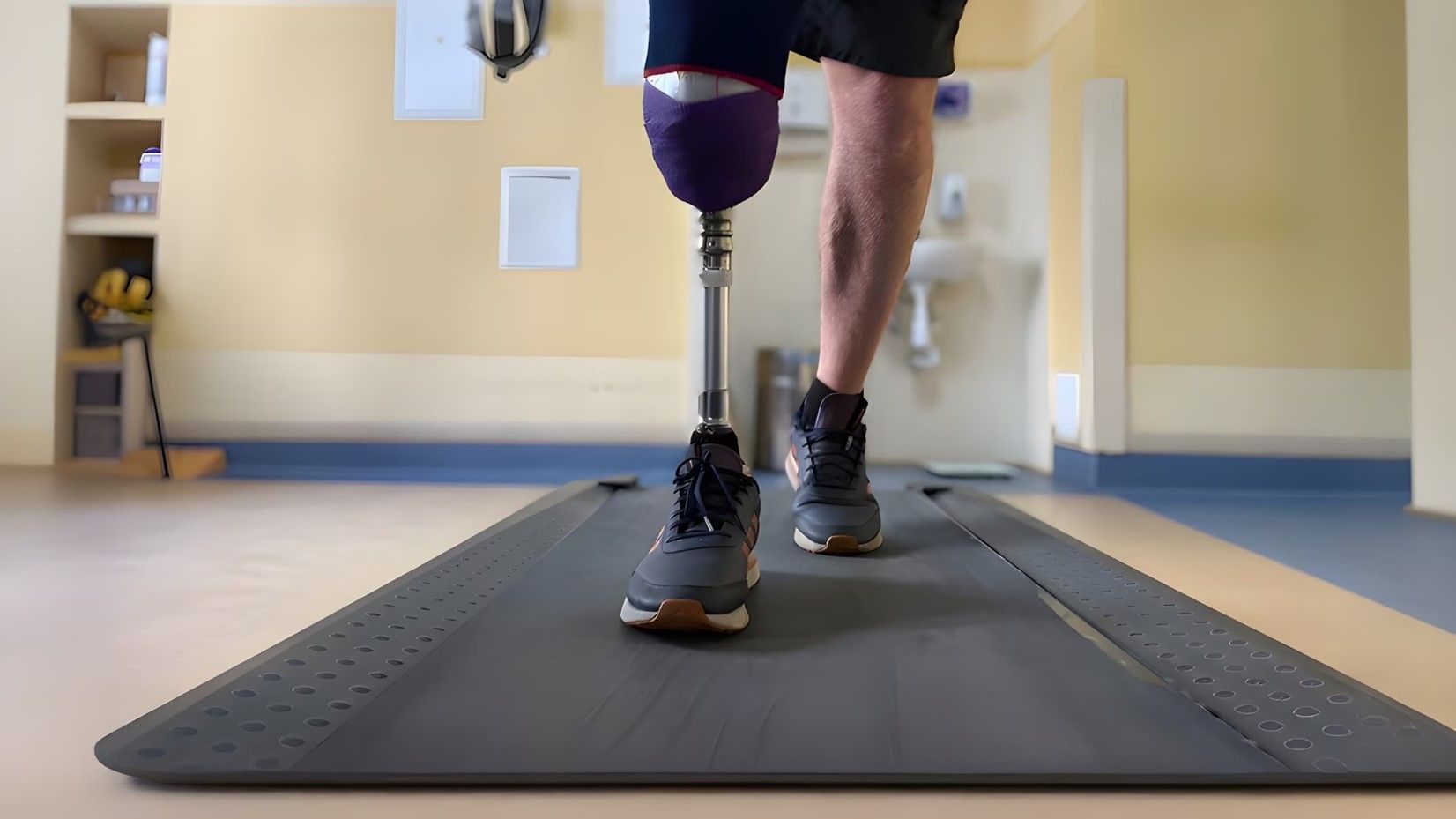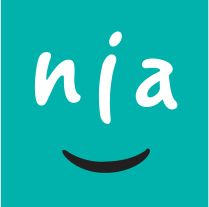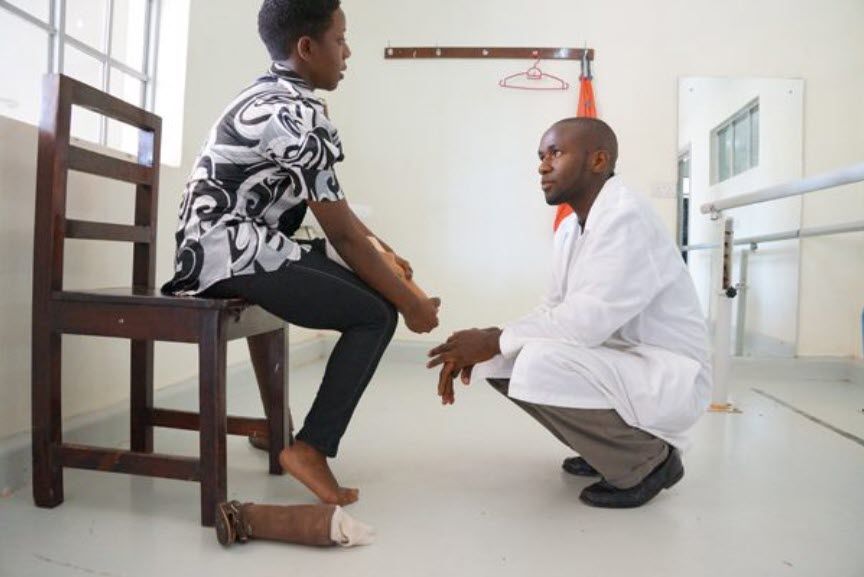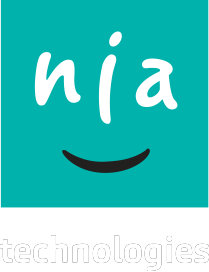Stories of Impact: Meet Ruth
A well-fitting prosthesis has the power to transform a life.
Mobility devices offer children and youth with disabilities hope, opportunity, and the chance to fulfill their dreams. They also offer a way to contest stigma and give hope and better health to some of the world’s poorest children and youth with disabilities, like Ruth Nakaye in Uganda.
Ruth is a bright and lively 21-year old student in Kampala. Born with a congenital condition, Ruth has one leg shorter than the other. Traditionally in Africa, children with partial or missing limbs were outcast as abnormal. Fortunately attitudes are changing and when children like Ruth are fitted with a mobility device, they have a chance to show the world what they can do.
At the age of 8, Ruth underwent surgery to remove part of her shorter leg so that she could be fitted with her first prosthetic limb. Although her mother and friends had always been supportive, with her new-found mobility she noticed that others became more accepting of her.
In 2015, Ruth was one of the first people in the world to be fitted with a 3DPA prosthetic socket at CoRSU Rehabilitation Hospital in Entebbe.
She thinks that 3D PrintAbility could help many more people like her because the design and production process is faster than other methods. What this means in her life is that she misses only 1 day of school instead of the 5 days she used to miss when a plaster-cast device was made for her using the conventional manual process. She knows from experience that faster production will save families time and money.
Ruth is part of Nia’s 2016 3D PrintAbility study at CoRSU and is testing out a new 3D printed prosthetic socket. Her early assessment is that it feels lighter, softer, and more flexible than a traditional prosthetic.
Ruth’s attitude to life: “I can do anything.”




